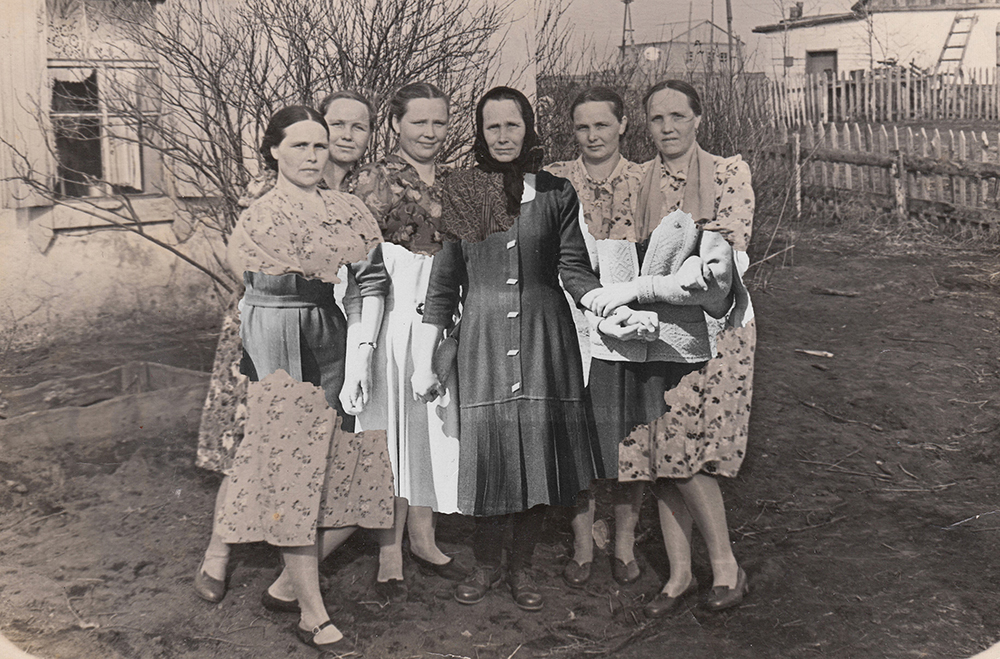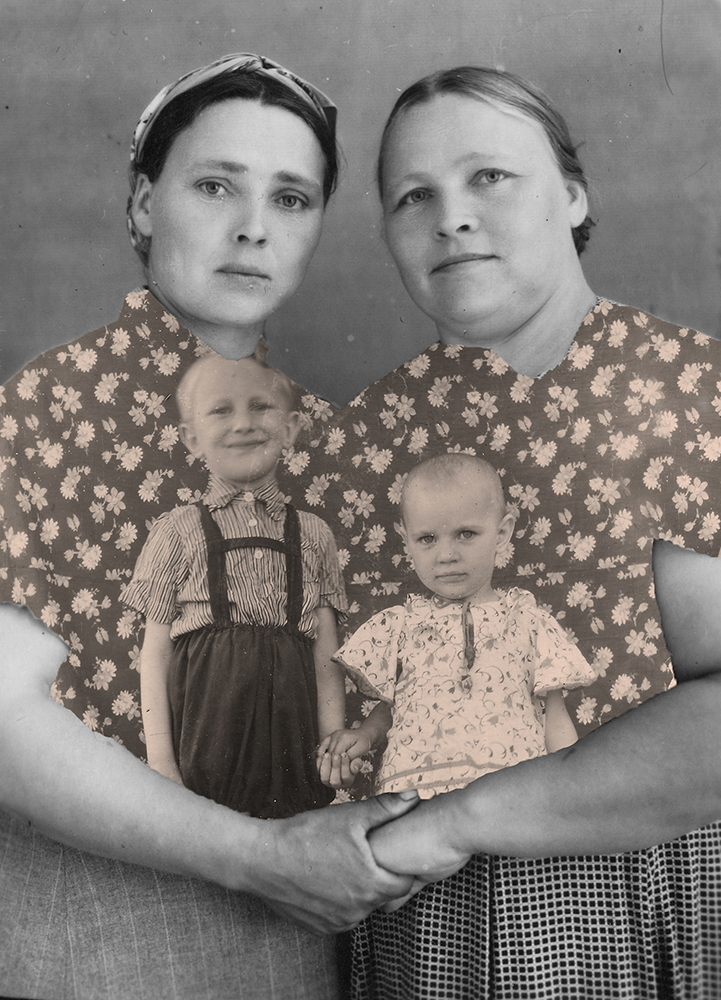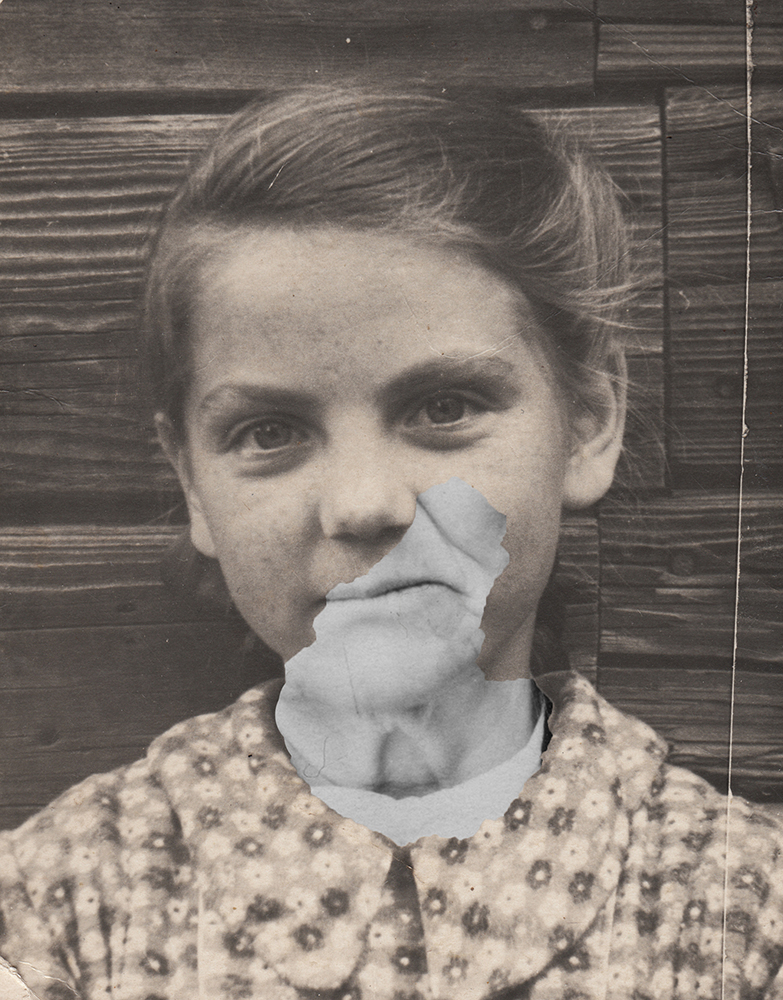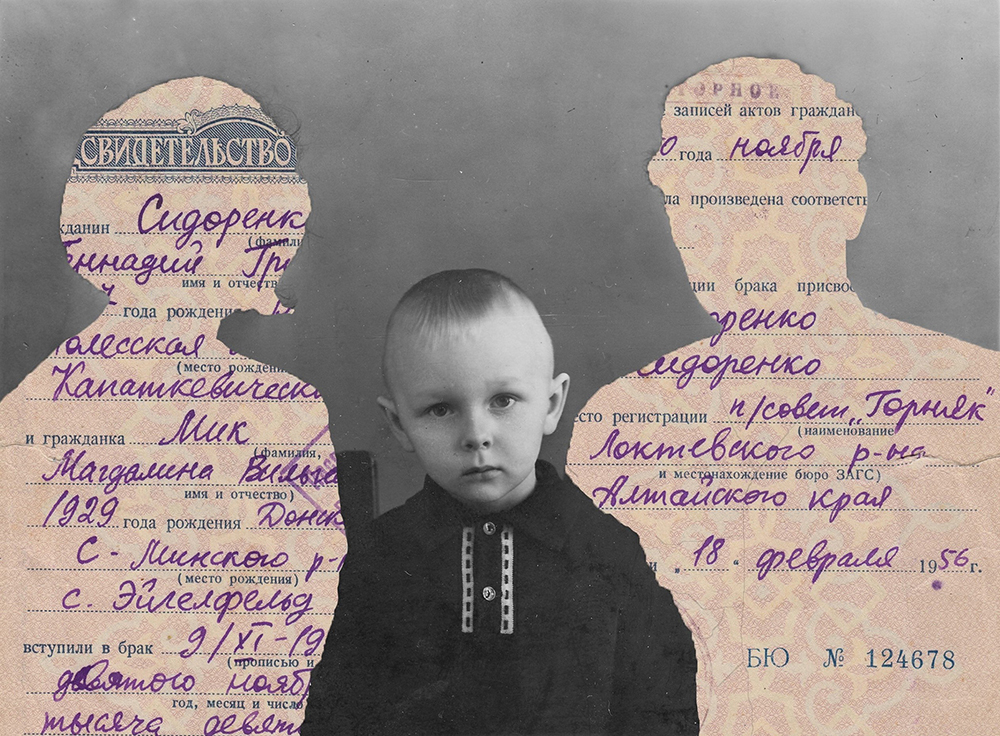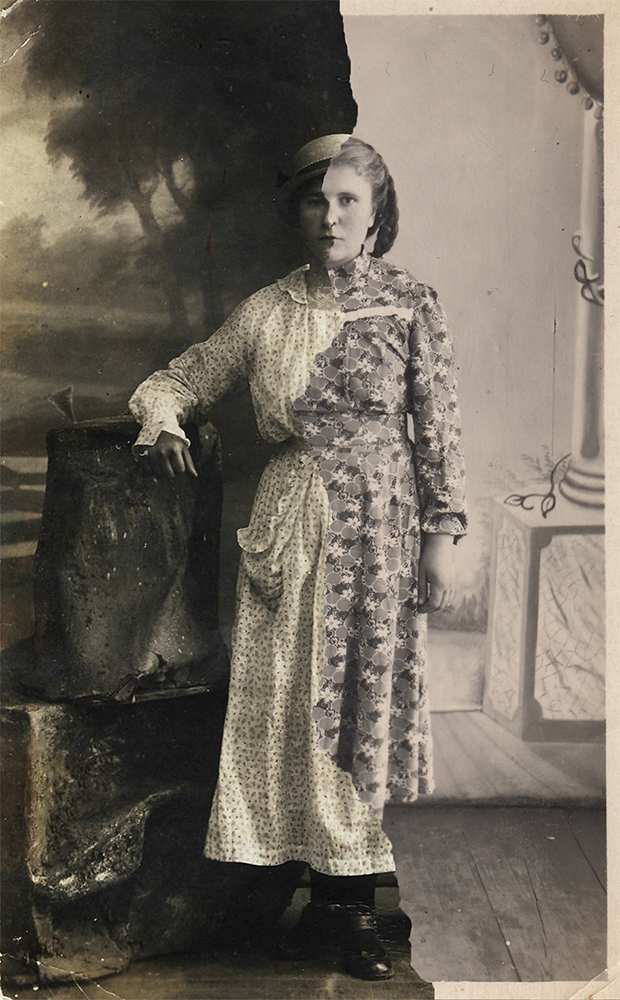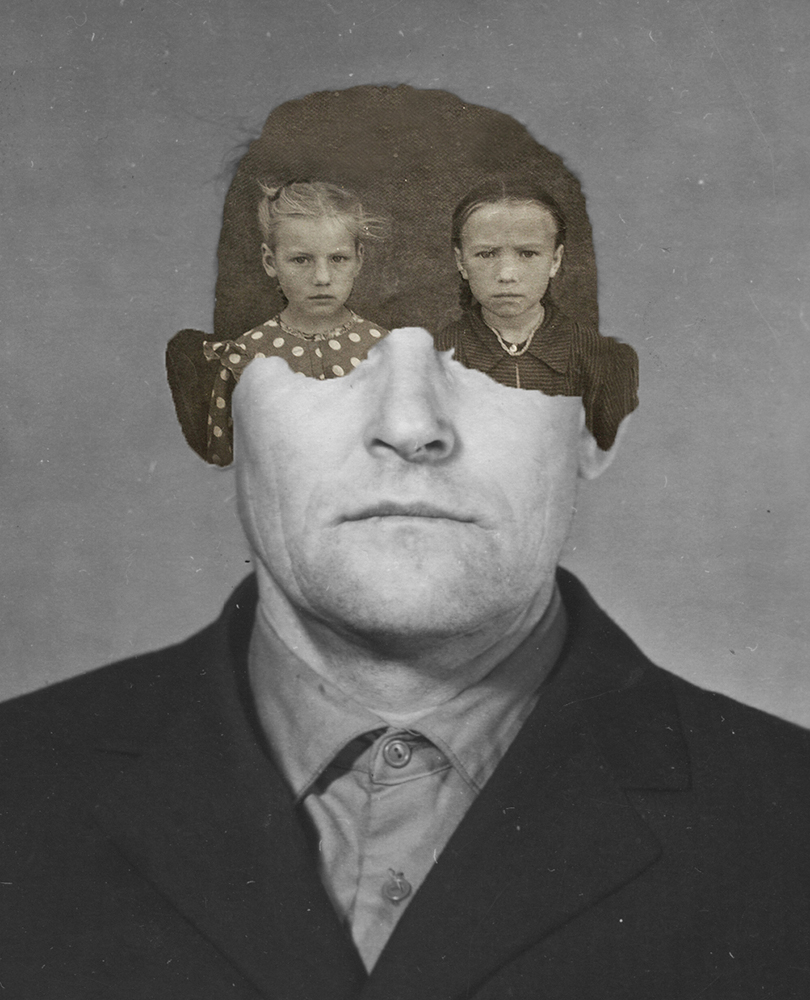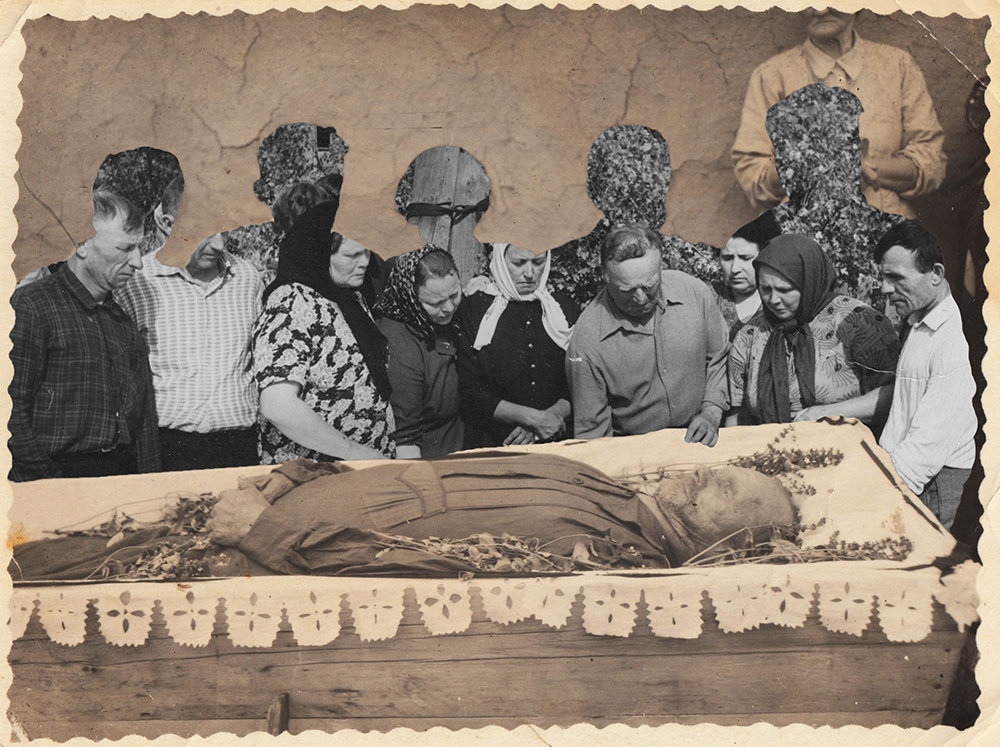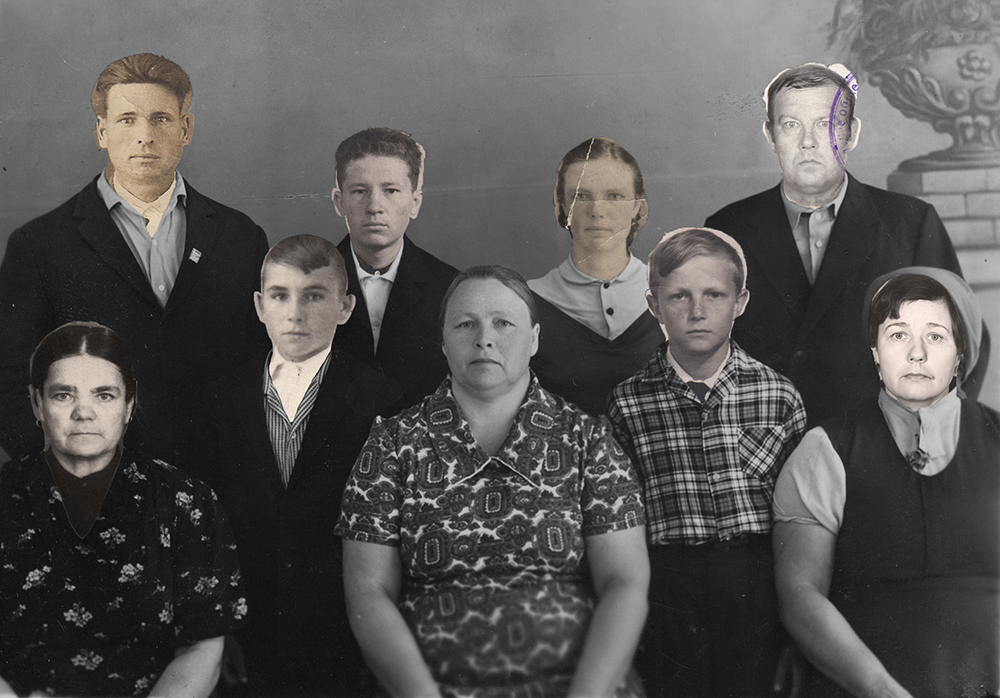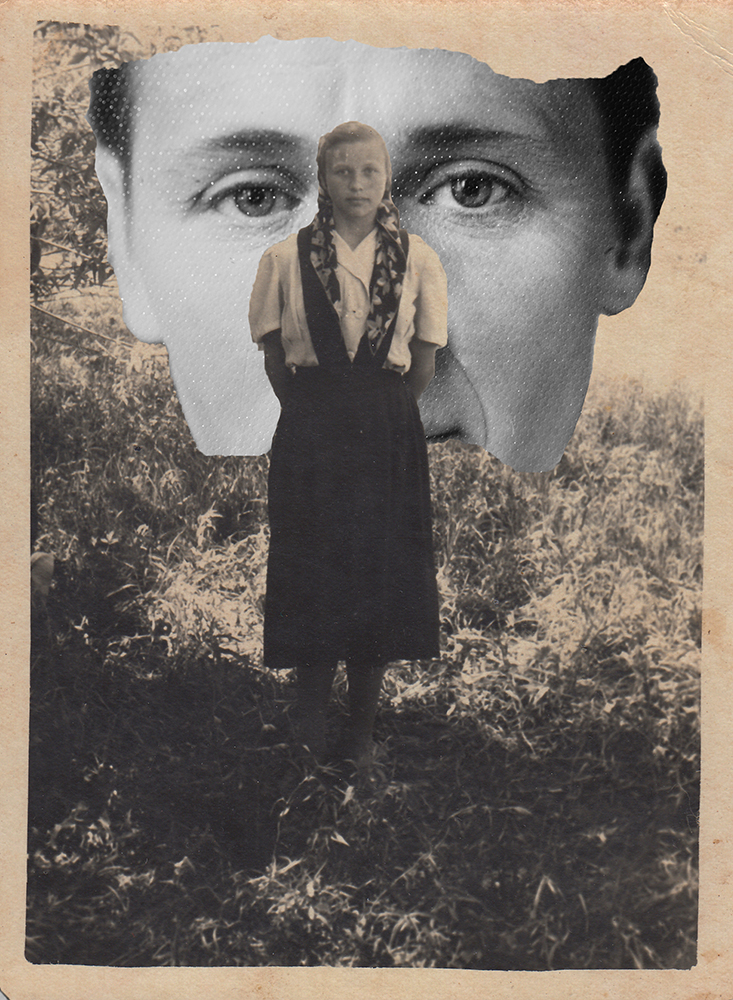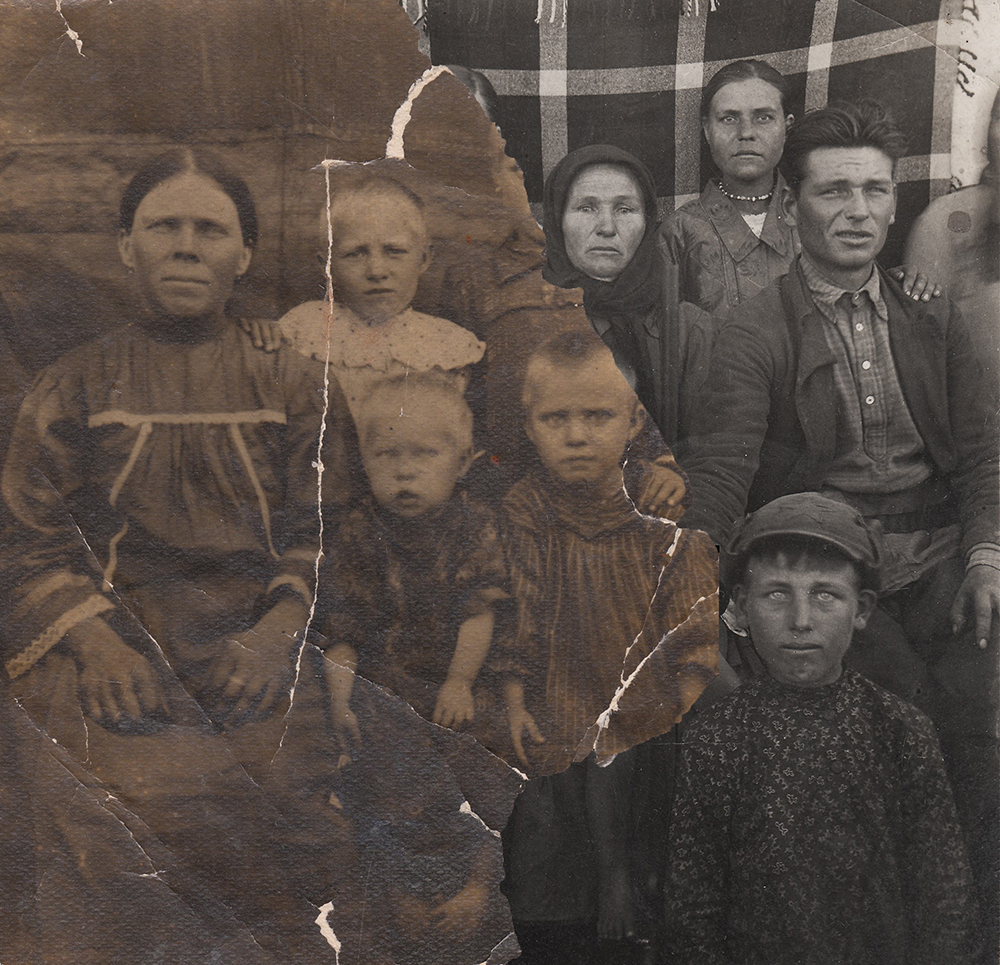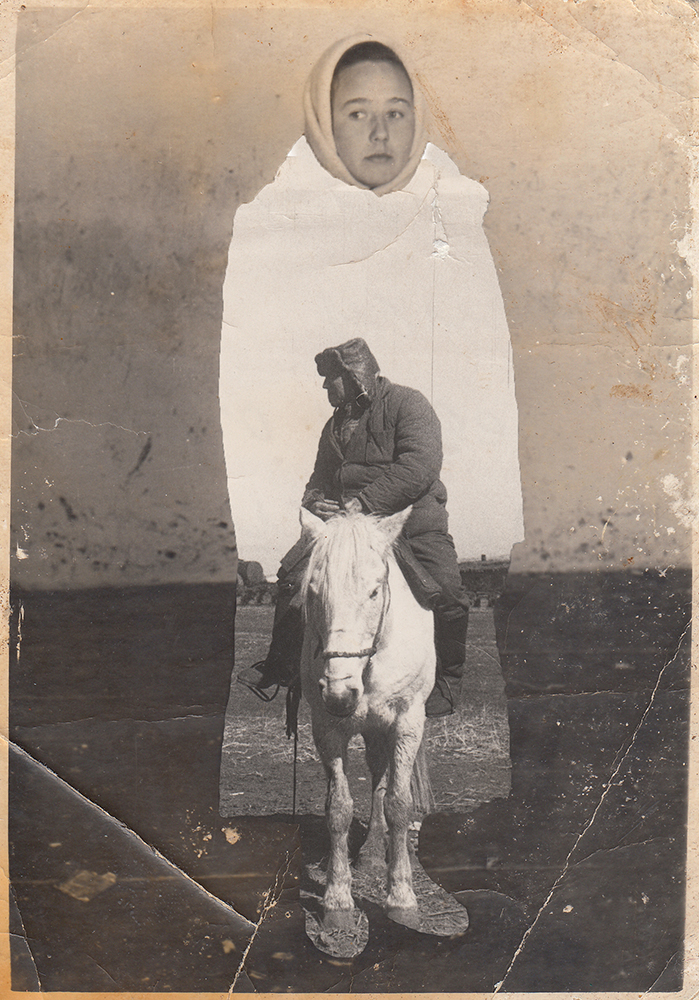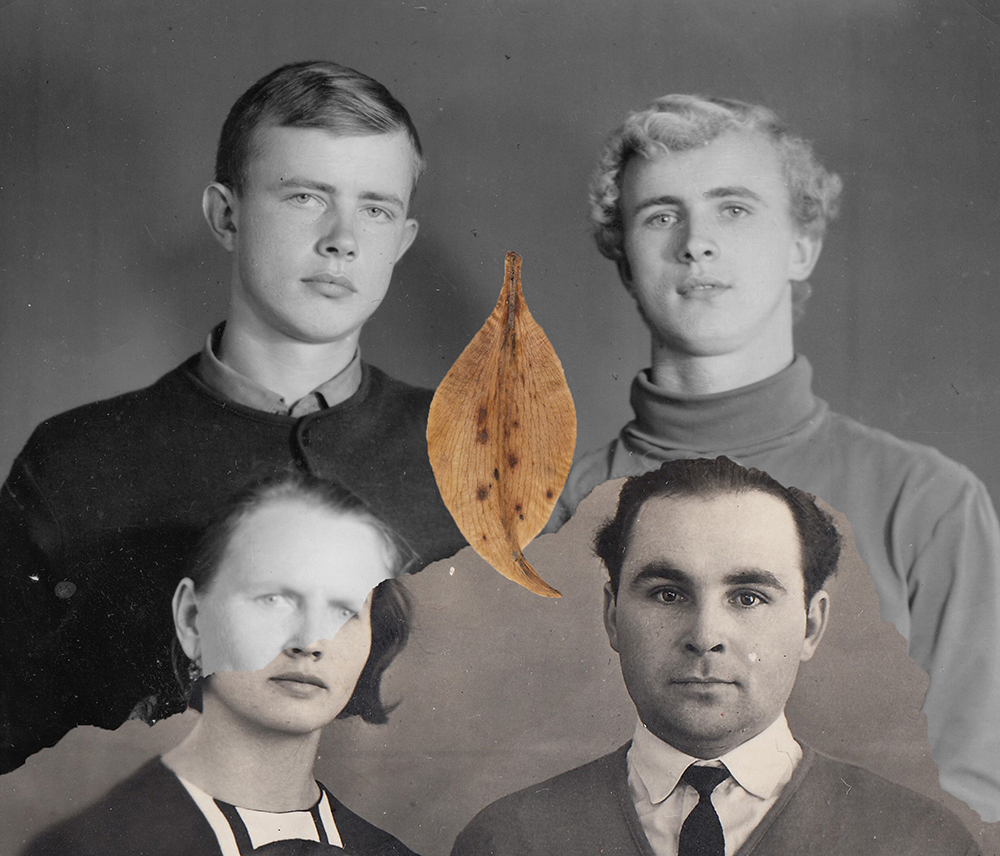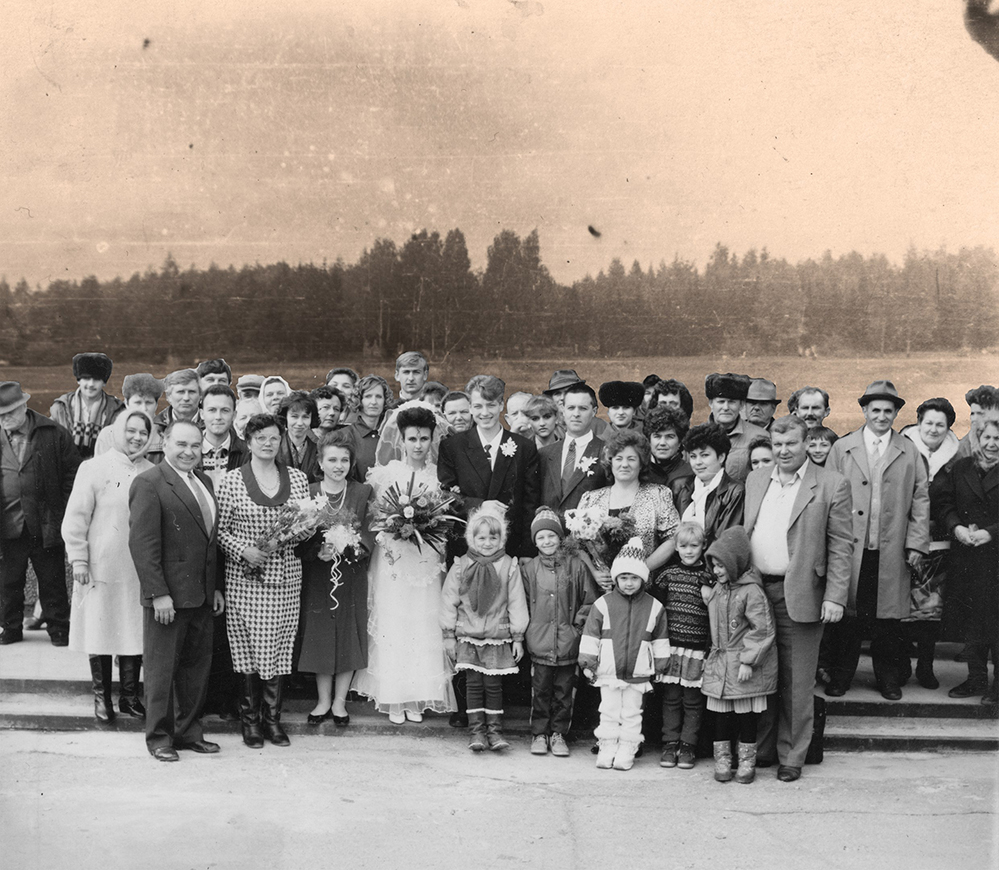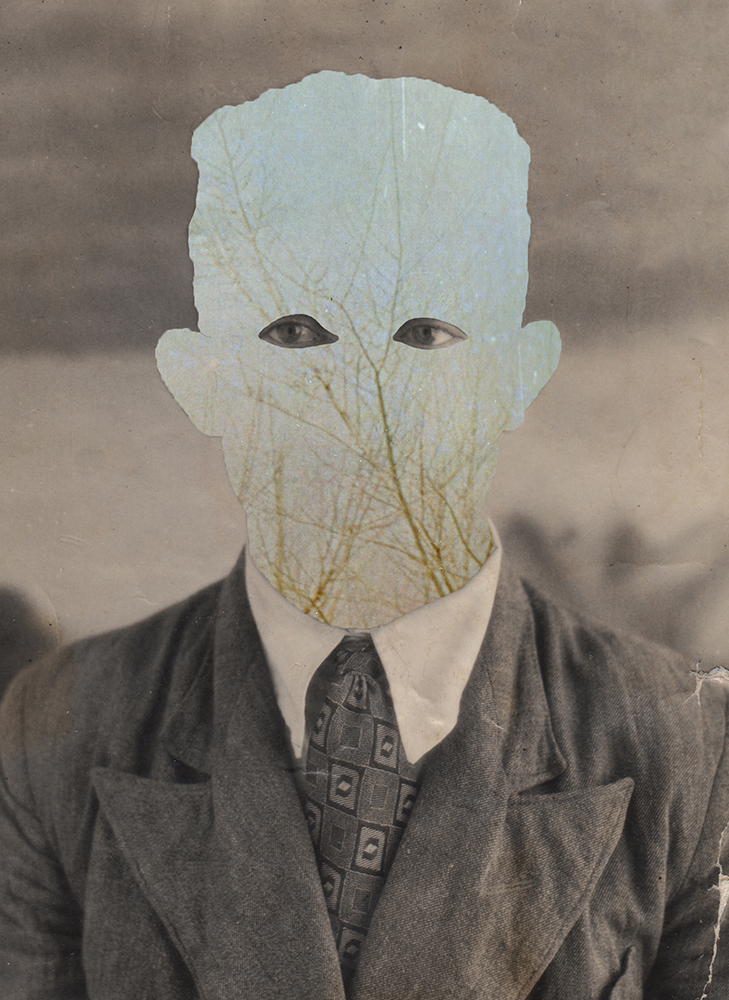Valentin Sidorenko: Roots of the heart grow together
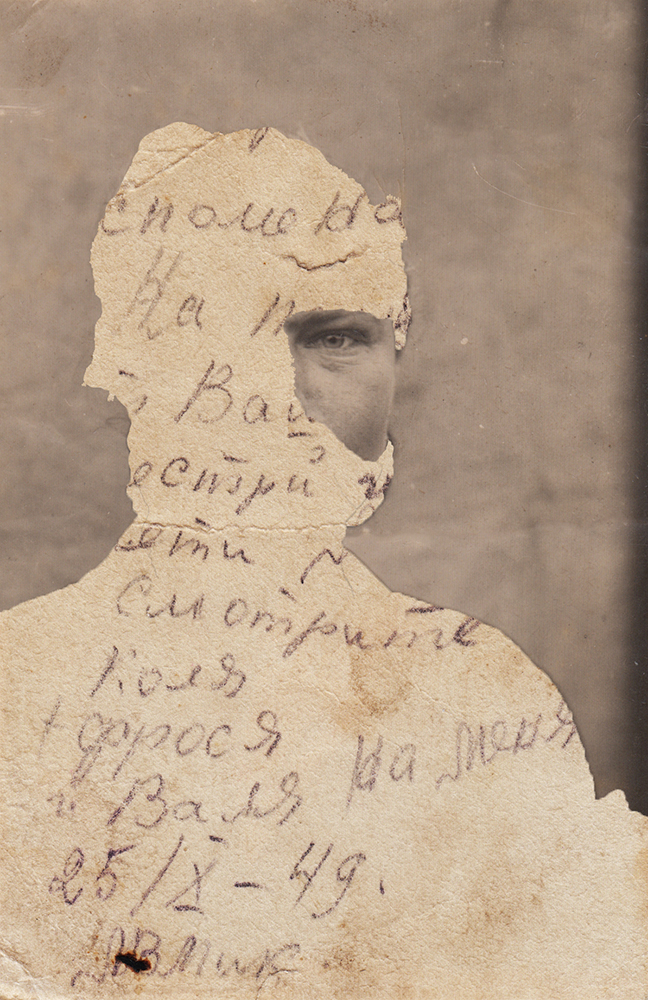
©Valentin Sidorenko
Projects featured over the past several days were selected from our most recent call-for-submissions. I was able to interview each of these individuals to gain further insight into the bodies of work they shared. Today, we are looking at the series Roots of the heart grow together, by Valentin Sidorenko.
Roots of the heart grow together
My family had always been a whole thing – relatives from my mother’s and father’s sides had gathered for weddings, birthday and New Year parties. That bond was beginning to break when I was born, in the middle of the 90s. Family members died before I could get to know them, talk to them, love them. Years later I started meeting them separately via our family photo archive. Thus my family roots research has begun.
A person preserves memory about himself using photographs, but life constantly changes, alters, the further the more. Photos end up locked in an old table’s drawer waiting for somebody to come across them. This is the way I met my father who died when I was three. He was handsome and smiling on all the photos, he also had a broken nose. My father’s image began to form; I developed an attitude towards him. A similar “acquaintance” with my grandfather occurred after his death. I knew him for a strict and morose man, but what I saw on the pictures was a merry fellow, life of the party. The same thing happened to my great-grandmother; a heavy elderly woman, whose life story was completely unknown to me, turned out to be a young snub-nosed German girl, who was once evicted from a German settlement to the Altay kray with her family.
I was going from one photo to another, from a letter to a letter. There were dates, names, wishes, thoughts written on the back on many photographs. Sometimes I failed to read the handwriting in order to understand who was on the picture. Then suddenly I succeeded and it opened a way further in the deep; and so it went along all the branches of the family tree. It was amazing to see the life of each of the families I could have never known anything about before. Even minor details about my long-gone relatives made them alive and truly close. Photography became the only way for me to break through time and become sincerely involved in it.
As a result, it occurred to me that family is formed not only of the people you spend your childhood with, but also owing to memory that can generate ties across the time, hence break boundaries. For two families living in different places at different times cannot have anything in common, but they might have a common future. Each of us, having been born, completes the chain in the present, but the chain doesn’t exist without memory.
It’s a personal project where I use my family archive photos. By combining two photo cards in one I’m trying to show the link between generations separated by time and culture.
Daniel George: When did you become interested in exploring family relationships through your artistic practice?
Valentin Sidorenko: These archive photos were kept in my family for a long time, but I think that apart from me, these photos were not really needed to anyone. Therefore, I carefully collected them so that it could be passed on to my children. But after the divorce with my first wife, this idea transformed into a project. It was made during the course of Sergey Stroitelev, at the Academy of photography Fotografika, Russia. I didn’t want these pictures to be forgotten again. Later, the project was seen by my relatives. There were very different opinions, some of them didn’t understand why I connected through collages their family and another ones. They didn’t want to realize, that this project is about no boundaries between the families and generations. But liked that I had feedback from them, because in such a way the memory of the family was stirred up.
DG: Have you always had access to these photographs and documents? I am curious how they came to be in your possession. Would you mind sharing your research process?
VS: After the death of my grandfather, as I describe in the project, I found a package with his old photos. I knew him for a strict and morose man, but what I saw on the pictures was a merry fellow. Soon after my great-grandmother died too and the photos she kept also came to me. I don’t think that during their life I would see these pictures: many of them were crumpled like ordinary paper or a newspaper, and very well hidden. I think that they obviously wanted to get rid of them.
These photos was a push for me and I began to look for the others. I started with a photo album of my mom and dad, which they kept at home. I wrote letters to other relatives, and in the end, I got about a thousand pictures. It was like a detective story. I think it was one of the most exciting experiences in my life.
DG: How has your understanding of these familial relationships developed as you have created these works?
VS: I do not know if I can correctly explain, but if a long look at the faces in old photographs, they will become alive. During the process I was inspired by music of Egor Letov, which created a condition of balance between material, dead, smoldering reality and another — deep and live.
DG: In some of your images, you are creating relationships through collage. I get a sense that some of these people have never met. What significance does this have?
VS: It was important for me to create a third sense from two photographs in order to create a connection between the generations. It turned out that it does not matter how many pictures I have, because only a few were able to combine.
DG: Looking forward, how do you see photographs playing a role in your personal history as it could relate to your descendants?
VS: I did not think about it. But until now, I receive letters from many relatives who continue to share with me information about the family. Due to this, we were able to recognize our roots until the 16th century.
Valentin Sidorenko is a visual artist and documentary photographer. He was born in 1995 in a small town Gornyak, which is situated in Altay Territory on the border of Russia and Kazakhstan, where landscapes full of endless steppes.
Valentin first studied animation and multimedia before turning his attention to art, and working in the beginning in documentary field. His career has spanned different media – photography, collage, book format, multimedia and documentary films. Sidorenko is interested in subjects of social and family relations, personal boundaries, myths, fears, silence and love. He believes that his works could find reasons of family, social and personal problems, yet they are also autobiographical, drawing on his personal experience. He now lives and works in Moscow, Russia.
Posts on Lenscratch may not be reproduced without the permission of the Lenscratch staff and the photographer.
Recommended
-
Salua Ares: Absense as FormNovember 29th, 2025
-
Ricardo Miguel Hernández: When the memory turns to dust and Beyond PainNovember 28th, 2025
-
Pamela Landau Connolly: Columbus DriveNovember 26th, 2025
-
KELIY ANDERSON-STALEY: Wilderness No longer at the Edge of ThingsNovember 19th, 2025
-
Jackie Mulder: Thought TrailsNovember 18th, 2025

